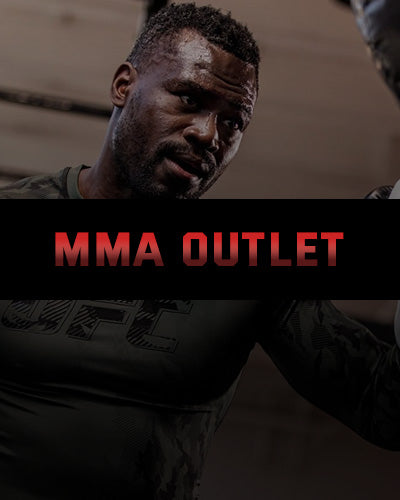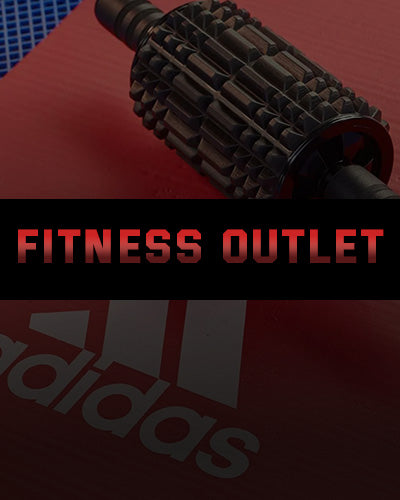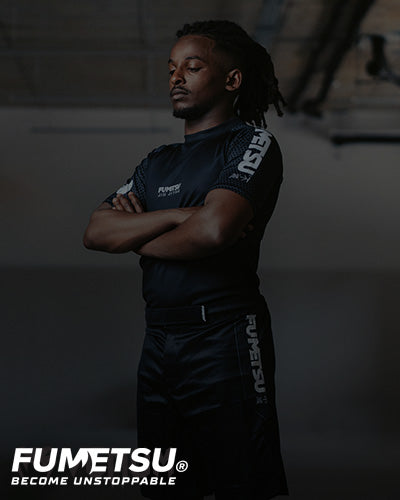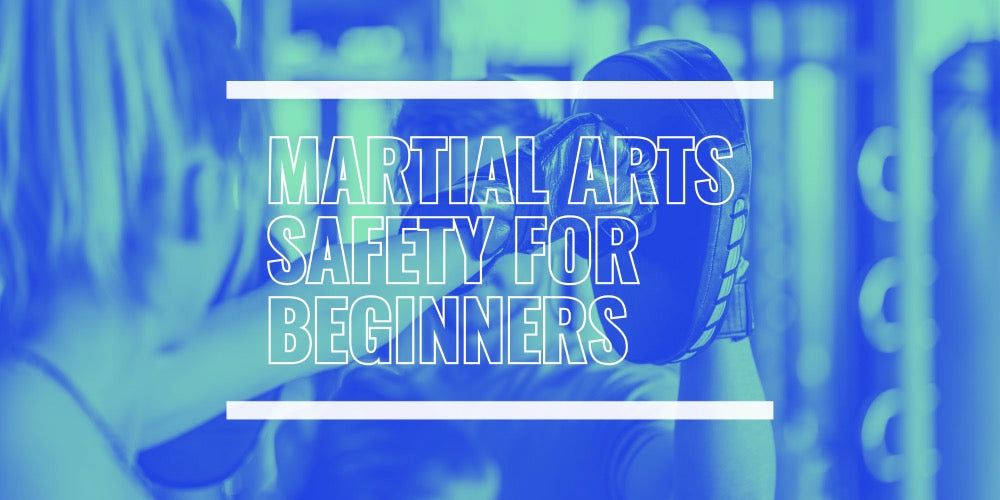Every sport carries with it the risk of potential injury, and martial arts are no exception. That doesn’t mean that they aren’t worth doing.
Martial arts have an undeserved reputation for being especially violent, dangerous, and prone to accidents. Contrary to those popular conceptions, however, martial arts actually has one the lowest incidence rates of injury in any organized sport.
However, the risk is still there. Accidents can and certainly do happen in martial arts. With that being the case, you can mitigate the risks and reduce them to almost zero by preparing a martial arts safety plan. That means making smart choices about your training, keeping yourself in good condition and wearing the proper equipment.
Mixed martial arts is a significant time investment that will carry you through years or even decades of physical strain on your body. You’ll hit and be hit in the face. You’ll fall down. You’ll make mistakes as you’re just starting and don’t know the proper form. That’s all fine - it’s a part of the learning experience, and part of your personal journey as a martial artist. That’s why it’s good to have safety measures in place.
Here’s the 101 on mixed martial arts safety for beginners, from prevention to preparation, proper technique, and the right equipment.
Injury Prevention in Martial Arts

The best way to protect yourself against injuries in martial arts is to prevent them from happening in the first place, which you can do with a few common-sense steps.
Visit a physician or your general practitioner before attending your first martial arts class. Your GP can help check your physical attributes, make sure you’re physically well enough to attend martial arts lessons, and assess your propensity for injury.
Do a search for what kinds of martial arts classes are available in your area.
There are dozens - hundreds even - of martial arts studied worldwide, and they each have their own degree of intensity and difficulty to master. On one end of that spectrum are non-combative martial arts such as tai chi, which are low-impact and have relatively little strain on the body. On the other end are sports like muay thai, Brazilian Jiu Jitsu and Mixed Martial Arts (MMA) which can occasionally be brutal and carry higher levels of risk.
Never practice martial arts with other people without the supervision of an experienced instructor - a sensei, master, or coach who is knowledgeable about the martial art you’re engaging in.
The chances of hurting yourself are significantly higher if you don’t have someone around who knows what they’re doing and can instruct you on proper form and safety habits.
Choose one that’s appropriate for your comfort level, as well that matches your level of physical fitness.
Finally, mentally prepare yourself before your first lesson. Martial arts practice is physically as well as mentally demanding.
As you become more skilled and advanced as a martial artist you will face challenges which will push you to your limits. That’s why it’s important that you take care of yourself and incorporate mindfulness practice into your self-care routine, preferably before you take your first class.

Prevention of Martial Arts Injuries
Preventing martial arts injuries is not a one-and-done thing. It requires vigilance and ongoing maintenance of your mental and physical health.
Stretching
The importance of stretching before and after engaging in any physically strenuous activity cannot be overemphasized. Stretching helps to warm-up your muscles and get them loosened so they can more easily do what you ask of them during practice. Make it a habit to stretch 10 and 15 minutes before training as part of your warm-up.
Ideally you want to balance static and dynamic stretching. Static stretching is when you stretch and hold a position for up to 30 seconds. This is often the more common form of stretching but is not always ideal because it alters the muscles' ability to regenerate energy. It’s therefore more appropriate for cool-down exercises after training.
Aim for dynamic stretching and mobility drills before practice, which are better for warm-up exercises. These are controlled leg and arm swings that help circulate the flow of blood and oxygen throughout the body.
Conditioning
Conditioning is one of the most important things you can do to minimize the chance that you’ll get hurt during training. It’s the practice of making sure you’re in peak physical condition in a way that boosts your endurance, your stamina, and your raw physical strength.
Push-ups, crunches, burpees, mountain climbers. These kinds of exercises train your heart and lungs to expand to a bigger capacity.
It’s not just exercising either. Keeping in good physical condition is about 20% exercise and 80% diet. That means eating a balanced diet is one of the best things you can do to keep you in peak physical shape.
Vitamin-enriched foods will help you to heal your body from the repeated wear and tear it will go through. Consider switching to a more plant-based diet that includes leafy greens, fruits, and vegetables to replenish potassium and magnesium which is vital for muscle growth.
Hydrating
Practicing martial arts makes you sweat. A lot.
Sweating is your body’s natural response to heat. You need to drink lots of water to make sure your body can properly cool itself. Losing water retention can make you feel worn out, dizzy, and make moves more difficult to execute.
Dehydration also makes you feel more sluggish, inattentive and unalert. You can’t properly throw a punch or a kick if your brain feels like it’s in a fog.
Make a point to drink before and after training, and always have a portable water bottle handy on you for breaks between exercises. Drink once about an hour or two before training, and again about every 20 minutes during training.
Focus on Proper Technique
Good technique not only greatly reduces your chances of injury, but it improves the efficacy of your training, builds confidence, and helps you learn and retain new moves.
Practicing and perfecting good technique means learning the fundamentals, being aware of your body, having a spotting partner, and most of all, taking your time.
Learn the Fundamentals
Everyone wants to walk into their first class and be dishing out brick-busting roundhouse kicks like Bruce Lee or Chuck Norris by the end. Unfortunately, it doesn’t work like that. Getting to be as good as Bruce Lee or Chuck Norris takes years of dedication and hard work.
No one becomes a master overnight. You have to start at square one just like everyone else.
Learning the fundamentals of your martial art creates a solid foundation on which to build your mastery. It helps you improvise and adapt in a fast, hectic competitive scenario or even in a real-life self-defense situation.
Develop good habits until they become second-nature to you, and don’t tackle more advanced moves until you reach the appropriate skill level. You’re much less likely to hurt yourself that way.
Body Awareness
Martial arts body means being fully conscious of your limbs as extensions of yourself. Being cognizant of how you’re moving your body during training will reduce your likelihood of injury.
Improperly formed fists can cause you to injure your hands and wrists. Overextending your limbs or improperly locking your joints can cause cramps and sprains that are completely avoidable. Understand what each part of your body does, and which part is vulnerable to each move.
Your body is your sanctuary. Treat it as such.
Spotting
A coach or an experienced supervisor with credentials for training should observe your session at all times. Someone needs to be there to correct your form, instruct you on proper technique, prevent you from hurting yourself and take action if an accident were to happen.
Take Your Time
Proper form is more important than speed. Ask any experienced martial artist who knows what they’re doing and they’ll tell you the exact same thing.
A common mistake many inexperienced martial artists make is to rush through moves because they’re more satisfying or because they think they look cooler.
This is not a good idea. It’s a much better use of your time and energy to focus on executing moves properly rather than doing them fast.
Making sure that you’re executing moves correctly is better for your learning retention. Pay attention to how much force you’re using at any given time. While you’re at it, pay attention to your sparring partner’s level of experience and be sure that it matches up with yours.
Common Injuries
MMA has far fewer injuries compared to many mainstream sports by several orders of magnitude, but accidents can still happen even if you do everything right.
The most common types of injuries in martial arts are tears to the ligaments and limbs, which include sprains, cuts, and bruises.
Broken bones can also happen. MMA fighters can occasionally suffer brain damage caused by head trauma - particularly in martial arts which feature more strikes to the head such as Muay Thai and boxing.
Here are some of the injuries you need to look out for:
Cauliflower Ear
This is a common one that you see in a lot of professional MMA fighters. Repeated strikes to the ear can cause it to shrink and fold in on itself, resembling a cauliflower plant.
It’s not nice to look at, but thankfully it’s usually temporary. But cauliflower ear can cause temporary loss of hearing and headaches, and you don’t want that.
Defend yourself properly by guarding, and protect your partner the same way by making sure your gloves are in good condition.
Hamstring
Every athlete has had a hamstring cramp - otherwise known as a charlie horse - at some point in their career. They’re not serious or fatal, but they’re painful and highly unpleasant.
Hamstring cramps can be avoided by stretching the muscles regularly, as well by implementing cardiovascular cross-training into your conditioning.
Stress Fracture
A stress fracture is what happens is when your bones are fractured, but not quite broken. Rather than a clean sever through the bone, little cracks appear in your bones.
Stress fractures are caused by the repeated blunt force trauma you find in competitions. Don’t push your body past its limits - you can only go so far.
Wear the Right Martial Arts Safety Equipment

The best offense is a good defense, so they say.
Injuries can always happen, but they can be prevented outright by choosing to use the right gear. Having equipment that’s well taken care of will help to protect yourself and the people around you.
Gloves & Wraps
Wrapping your hands up in boxing gloves or hand wraps will help protect your hands from sprains and fractures.
Muay thai and boxing each require their own types of gloves. The UFC also has their own regulation gloves.
Protective Gear
Protective gear can include anything from groin cups, headgear, waist belts, and mouth guards. These will protect your face, groin, head, mouth, and teeth.
Facilities
This one is a little more abstract. Practicing in a well-maintained space can make a lot of difference when it comes to martial arts injury prevention. Specifically - your floor mat.
Make sure that the mat you're practicing on is dry, and doesn’t have any rips or tears that you can trip on. Avoid socks or footwear that can cause you to slip or hurt yourself. Going barefoot typically gives you the most stability, but there exists special slip-resistant footwear designed for martial arts practice.
Wrapping Up
Injuries can happen in any martial art, but almost all of them are preventable, with the right mix of preparation, prevention, proper technique, and proper equipment.
Some of the best ways you can protect yourself are:
- Train under supervision
- Condition your body outside of class
- Hydrate often
- Practice good technique
- Wear the right equipment
We have our own line of mixed martial arts safety equipment at Made4Fighters to make sure you’re safe and secure so you can keep training at your best. Get your martial arts safety for beginners and experienced athletes, be the strongest fighter being the smartest fighter!







